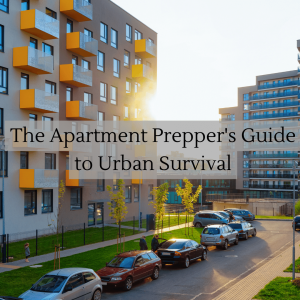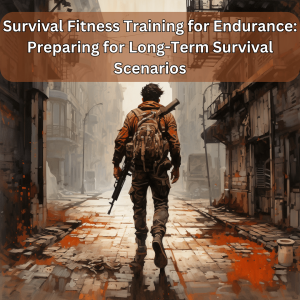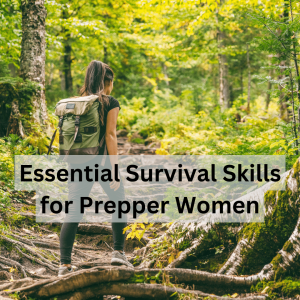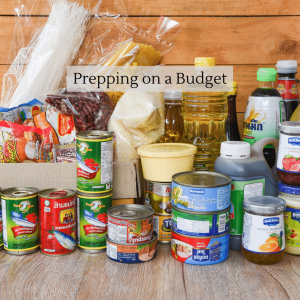In today’s unpredictable world, being prepared for unforeseen circumstances is a wise choice. Whether it’s a natural disaster, civil unrest, or a sudden emergency, having a well-equipped Get Home Bag can make a significant difference in your ability to navigate and survive challenging situations. This article will guide you through the essentials of what to pack and how to prepare your Get Home Bag effectively.
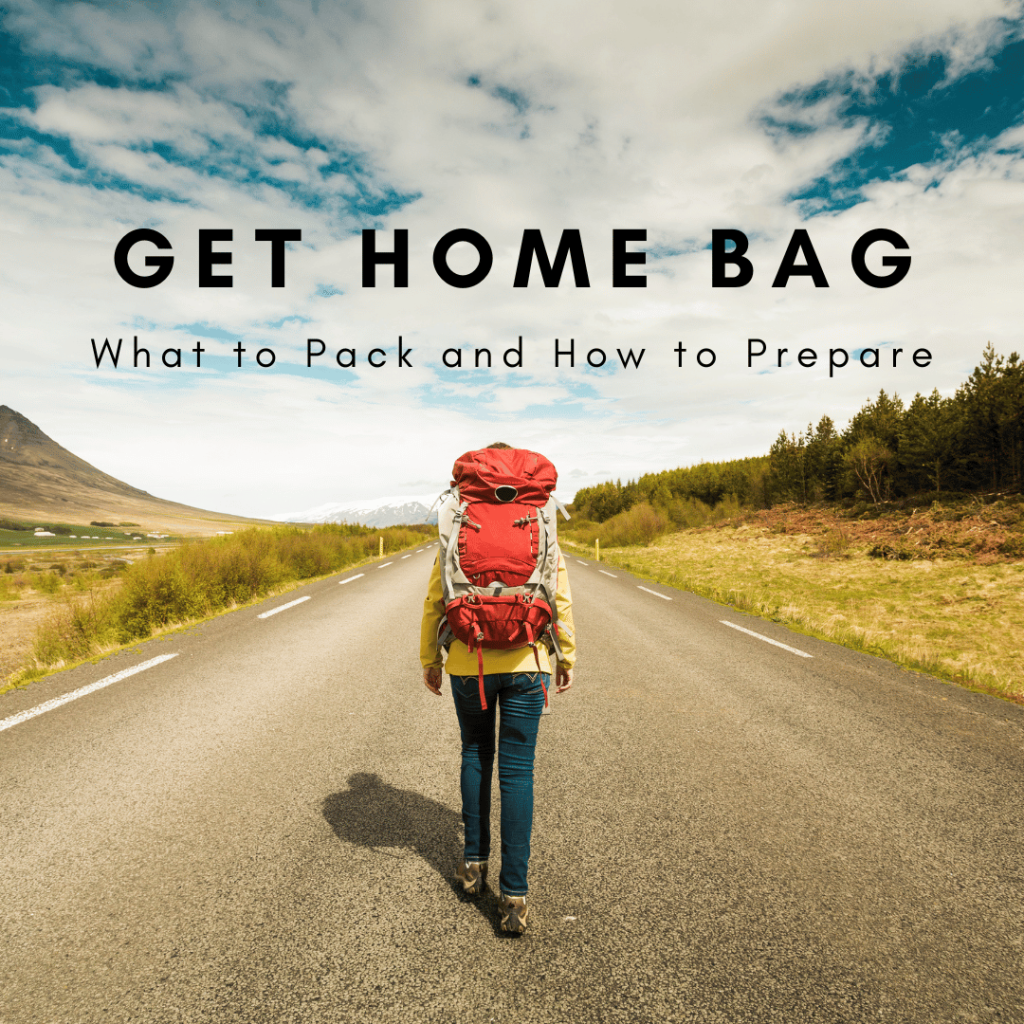
Understanding Get Home Bags:
A Get Home Bag is a portable emergency kit designed to help you safely and efficiently make your way back home during a crisis. Unlike a Bug Out Bag, which is intended for long-term survival away from home, a Get Home Bag is focused on providing the necessary supplies to get you through a relatively short period until you can reach the safety of your residence.
What to Pack:
- Water and Food: Include water bottles or a water purification system to sustain your hydration needs. Pack non-perishable food items like energy bars, nuts, and canned goods. Aim for lightweight, high-calorie options.
- First Aid Kit: As injuries can occur during emergencies, a well-stocked first aid kit is crucial. Include bandages, antiseptic wipes, pain relievers, adhesive tape, gloves, and any personal medications you may require.
- Navigation Tools: Include a reliable compass, local maps, and a portable GPS device or smartphone with offline maps. These tools will help you find your way if regular routes are inaccessible or unfamiliar.
- Communication Devices: Pack a fully charged mobile phone, a portable charger, and a hand-crank radio. In emergency situations, communication is vital, and these devices can provide crucial updates and keep you connected with loved ones.
- Weather-Appropriate Clothing: Pack a change of clothes suitable for the climate and weather conditions. Include extra socks, a rain jacket, hat, gloves, and sturdy footwear for comfort and protection.
- Shelter and Warmth: Include a compact emergency blanket, a lightweight tarp, or a small tent. Additionally, pack a portable stove, matches, or a lighter to provide warmth and the ability to cook food if necessary.
- Lighting and Tools: Include a headlamp, flashlight, and extra batteries to navigate in low-light conditions. Pack a multi-tool or Swiss Army knife, duct tape, and a small set of basic tools for any potential repairs or improvisations.
- Personal Protection: Depending on your comfort level, consider including items such as a firearm, pepper spray, or a knife for self-defense purposes.
- Cash and Important Documents: Keep some cash in small denominations and copies of important documents (ID, passport, insurance papers) in a waterproof container. These items may prove valuable during an emergency or if you need to verify your identity.
Preparing Your Get Home Bag:
- Assess Your Needs: Consider your daily commute, environmental factors, and potential risks in your area to tailor your Get Home Bag contents accordingly.
- Regular Maintenance: Review and update your bag regularly. Replace expired food, check and replenish water supplies, and ensure all equipment is in working order.
- Training and Familiarity: Familiarize yourself with the contents of your bag and practice using any tools or equipment. Train in basic first aid and navigation skills to enhance your preparedness level.
- Accessibility and Portability: Ensure your Get Home Bag is easily accessible and portable. Consider using a backpack with comfortable straps, multiple compartments, and reflective features for visibility.
While we cannot predict when or where an emergency will occur, being prepared with a well-packed Get Home Bag increases your chances of safely reaching home during unexpected situations. By including essential items for survival, communication, navigation, and personal comfort, you can face emergencies with confidence, knowing you have the necessary resources to navigate challenging circumstances and ensure your well-being. Remember, preparedness is key, and investing time and effort into building a Get Home Bag can be a life-saving decision.
